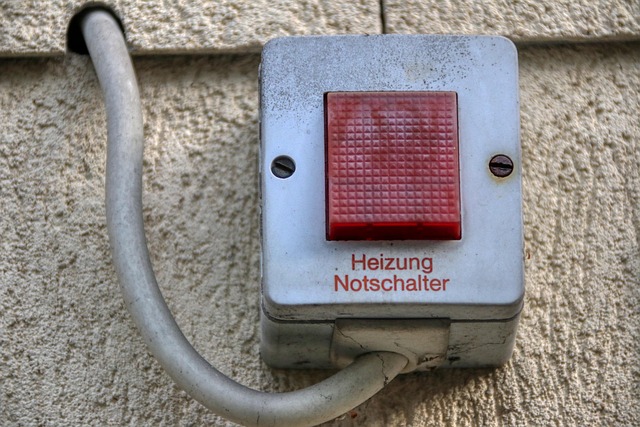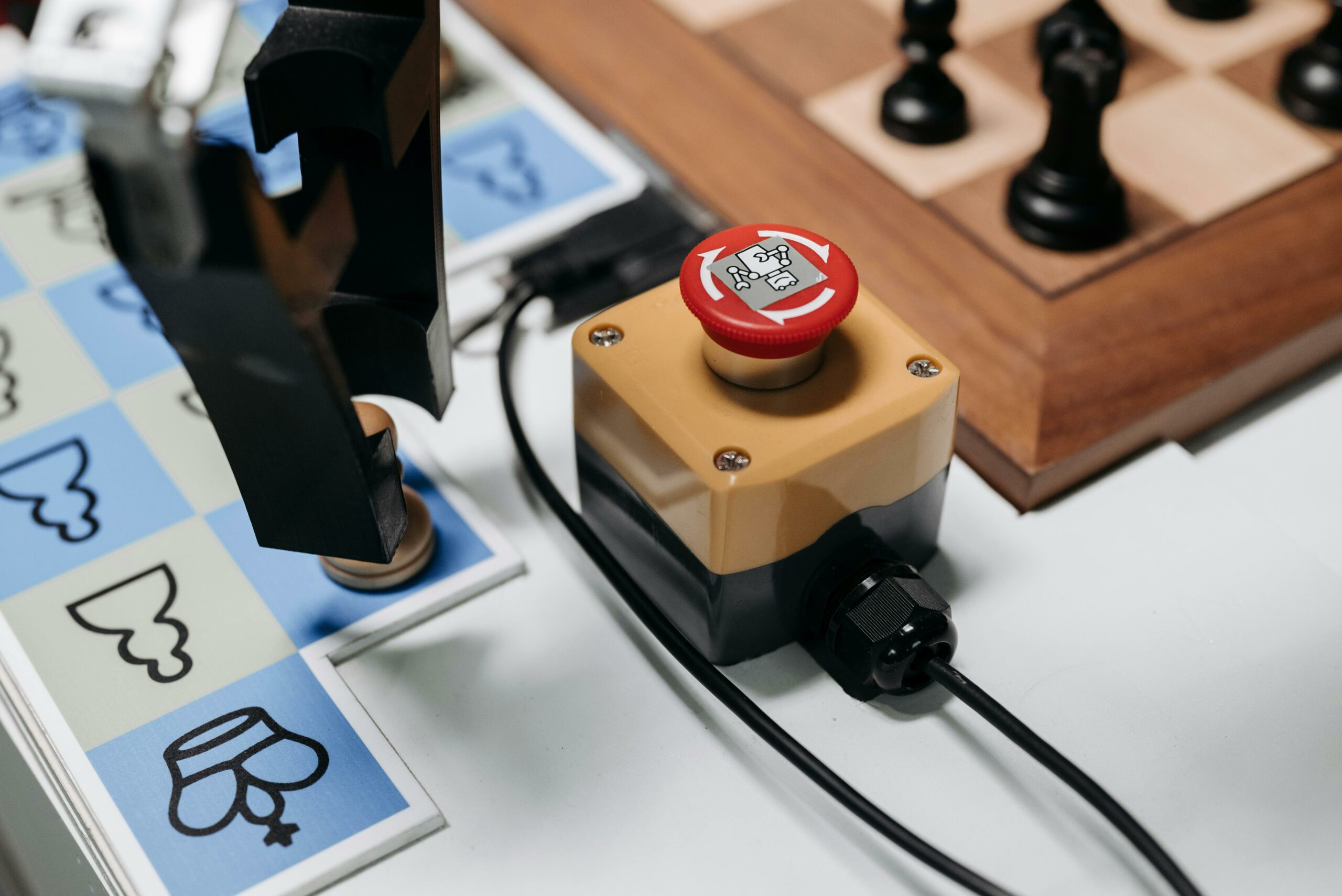In the electromechanical sector, industrial switches play a decisive role in safety, energy efficiency, and…

What is a residual current device (RCD) used for?
The residual current device (RCD) is essential in all modern electrical installations. Its main function is to protect people from indirect electrical contact and to prevent current leaks that could cause fires or damage to equipment. Therefore, its installation in electrical panels is mandatory according to current regulations.
How a residual current device (RCD) works and when it trips
Before delving deeper into the topic, it’s important to understand the role of this component and why it has become standard in any installation, whether professional or industrial.
The residual current device (RCD) compares the current entering through the live conductor (phase) with the current leaving through the neutral conductor. Under normal conditions, these values are equal. If a difference exists, for example, due to a ground fault or human contact, the device detects the leakage and trips, automatically interrupting the power supply.
This tripping mechanism acts in milliseconds and is designed to prevent potentially fatal electric shocks or damage to sensitive equipment. Depending on the sensitivity, the most common RCDs are rated at 30 mA for personal protection and 300 mA or higher for fire protection.
Furthermore, the RCD is part of a coordinated protection system along with circuit breakers and fuses, thus ensuring comprehensive safety in all electrical installations. In industrial projects or environments with sensitive machinery, it is essential to select the appropriate type and sensitivity according to the connected load and the environmental conditions.
Importance of residual current devices in safe electrical installations
Installing residual current devices (RCDs) in electrical installations is not only a technical recommendation, but also a legal requirement under the Low Voltage Electrotechnical Regulations (REBT). These devices protect both the operator and the infrastructure itself, preventing costs associated with breakdowns, production stoppages, or irreversible damage to machinery.
In industrial environments, where automated systems, distribution boards, and power equipment coexist, installing high-quality RCDs like those offered by M2B in its electrical product catalog guarantees service continuity and regulatory compliance. For more official information, consult the Ministry of Industry, Trade and Tourism.
Furthermore, M2B offers a wide range of RCDs adapted to different sensitivities, current ratings, and applications, providing professional solutions for the entire electrical and electronics sector.
In short, the RCD is a key component for ensuring safety in any type of electrical installation. Its ability to detect current leaks and cut off the power supply prevents electrical hazards, equipment damage, and penalties for regulatory non-compliance. For professional and reliable solutions, M2B offers a complete range of models for industrial applications.



